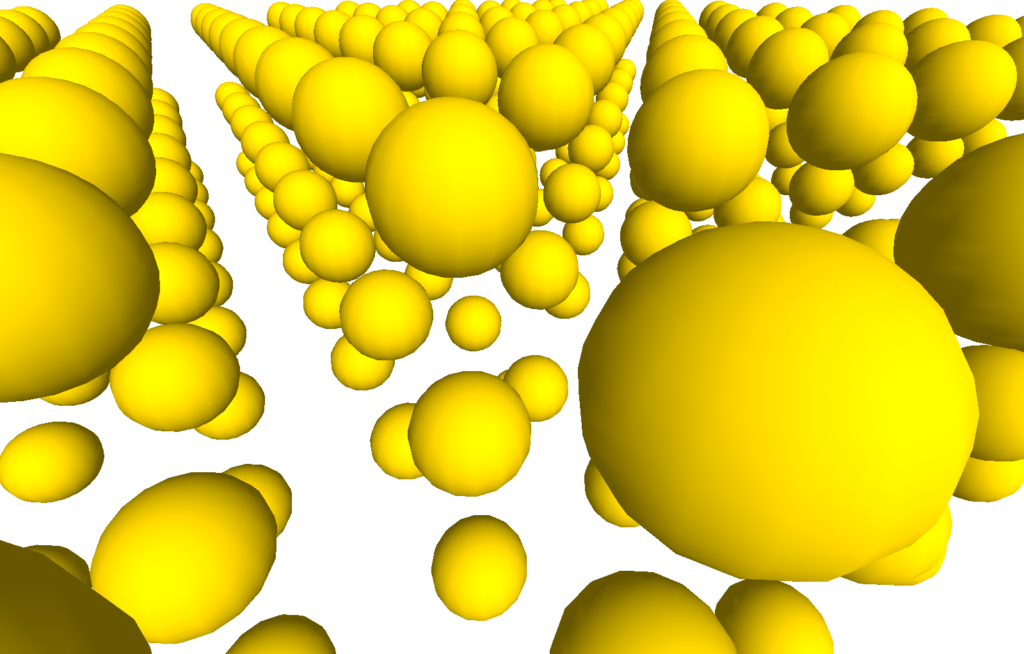Yes, most definitely it has been some time since I last posted anything on my blog. That’s because this last month I have hardly had any real chill time to myself. Well, I have had some, but it never lasts for long enough.
Anyway, I’ve still been faffing about. I recently purchased CopperCube so that I could delve deeper into WebGL. Plus I’m familiar with Irrlicht, and CopperLicht makes working with 3D graphics a doddle.
I’ve also found that I can actually call myself a full-stack developer considering recent projects I’ve been working on. One project involves a C/C++ TCP/UDP server for communications, A Java TCP server to use Java AWT graphics, GWT for a web interface instead of installing software. The server does many things, too many to mention, but I’m well chuffed with it.
Setting up the server involves freshly installing Linux. Then installing Apache Tomcat. Making a few modifications to the system and then installing the software.
Device connect on the network via ethernet or wifi and will automatically detect the location of the server because of the UDP heart beat. Clever stuff really. Probably not, but all the same, it works great.
I’ve also played around with having a home TCP server which can be made use of from my mobile phone while I am out, my tablet or a PC, as well as a GWT web interface.
After playing around with all of this, there’s lot’s more I want to play with. Maybe Vaadin or similar. Move on to desktop 3D graphics again instead of openGLES 2.
I’ve also finally got myself an i7 laptop with nVidia graphics. Cheap off eBay! So I can develop on the go. That’s if the battery is good in it.
There’s other things over this last month that have tickled my fancy, but I won’t mentioned that here. Tempting though.
Hopefully this weekend I will have a long one as I’m booking Friday and Monday off because I seriously need to relax a little.
Until next time…

